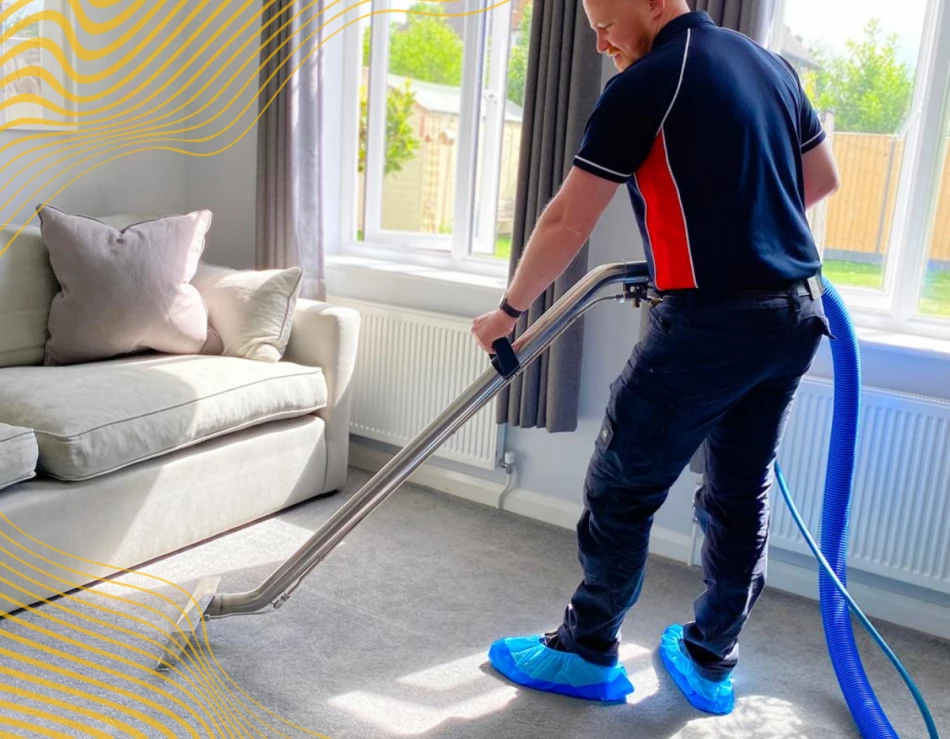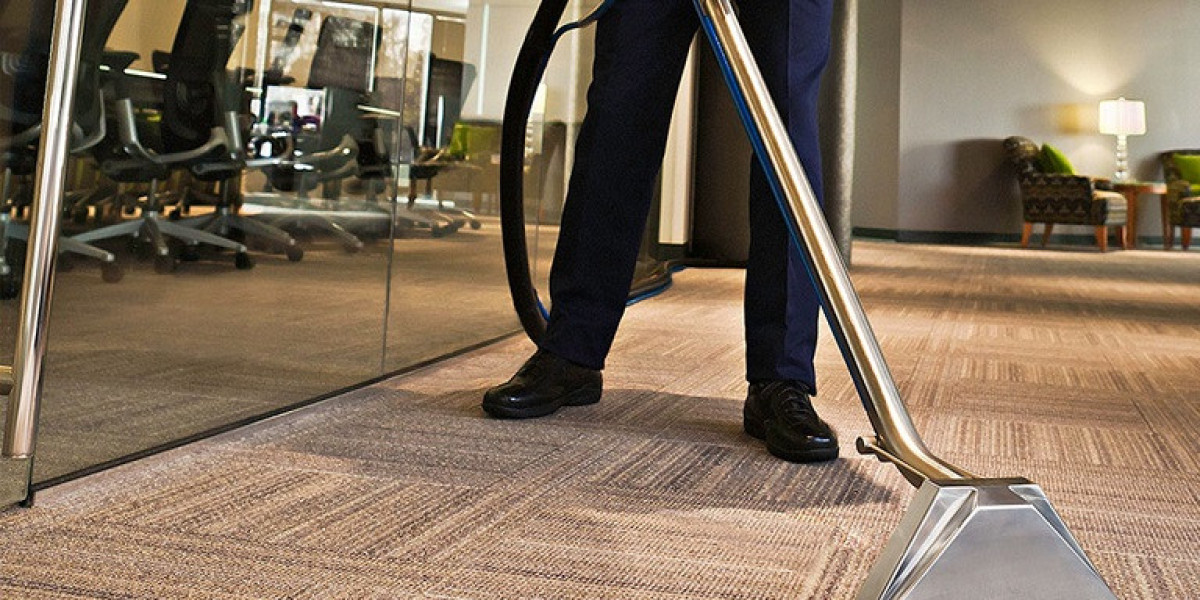Carpets are a significant investment in any home or office environment, providing comfort, warmth, and aesthetic appeal. However, they also act as a magnet for dirt, allergens, and stains, which can detract from their beauty and longevity. Regular carpet cleaning is essential not only for maintaining the appearance of carpets but also for ensuring a healthy indoor environment. In this article, we will explore the various techniques of carpet cleaning, the benefits of keeping carpets clean, and best practices for maintaining them.
Understanding Carpet Types
Before delving into cleaning techniques, it is crucial to understand that carpets come in various materials, each requiring different cleaning methods. Common carpet materials include nylon, polyester, wool, and olefin. Each of these materials has unique properties that affect how they should be cleaned. For instance, wool carpets are more delicate and may require specialized cleaning solutions, while synthetic fibers like nylon can withstand more robust cleaning methods.

The Importance of Regular Carpet Cleaning
Regular carpet cleaning is vital for several reasons:

- Health Benefits: Carpets can harbor dust mites, pet dander, mold, and other allergens that can affect indoor air quality and trigger respiratory issues. Regular cleaning helps eliminate these allergens, promoting a healthier living environment.
- Aesthetic Appeal: Stains, dirt, and wear can make carpets look dull and unattractive. Regular cleaning restores their appearance, enhancing the overall look of the space.
- Longevity: Dirt and debris can wear down carpet fibers over time. Regular cleaning helps to maintain the integrity of the fibers, extending the lifespan of the carpet.
- Odor Removal: Carpets can absorb odors from pets, food, and spills. Regular cleaning helps to eliminate these odors, keeping your space smelling fresh.
Carpet Cleaning Techniques
There are several methods for cleaning carpets, each with its advantages and disadvantages. Understanding these methods can help you choose the best option for your carpets.
- Vacuuming: The most basic and essential form of carpet cleaning is regular vacuuming. It helps remove surface dirt and debris before it settles into the fibers. It is recommended to vacuum high-traffic areas at least twice a week and less frequented areas once a week.
- Hot Water Extraction (Steam Cleaning): This method involves injecting hot water mixed with cleaning solution into the carpet fibers and then extracting it along with the dirt. It is one of the most effective deep-cleaning methods and is recommended for removing tough stains and allergens. However, it requires a longer drying time.
- Dry Cleaning: This method uses a specialized cleaning powder or foam that is worked into the carpet and then vacuumed out. It is a quicker option since it does not require drying time, making it suitable for commercial spaces or homes with heavy foot traffic.
- Shampooing: Carpet shampooing involves applying a foamy cleaning solution to the carpet and then agitating it with a machine. Afterward, the carpet is rinsed and extracted. While effective, it can leave behind residue if not rinsed thoroughly.
- Bonnet Cleaning: This method involves using a rotary machine with a cleaning pad soaked in a solution. It is primarily used for maintenance cleaning in commercial settings and is not as effective for deep cleaning.
- Encapsulation: A relatively new method, encapsulation uses synthetic detergents that crystallize dirt into powder for easy vacuuming. It is effective for maintenance cleaning and has a quick drying time.
Choosing the Right Cleaning Method
The choice of cleaning method depends on several factors, including the type of carpet, the level of soiling, and the time available for cleaning. For example, hot water extraction is ideal for deep cleaning carpets that have not been cleaned for a long time, while dry cleaning may be more suitable for regular maintenance.
DIY vs. Professional Cleaning
Many homeowners wonder whether to clean their carpets themselves or hire professionals. DIY cleaning can be cost-effective and convenient for minor stains and regular maintenance. However, professional cleaning services offer several advantages:
- Expertise: Professionals are trained to identify the best cleaning methods for different carpet types and stains.
- Equipment: Professional cleaners have access to industrial-grade equipment that can provide a deeper clean than typical home cleaning machines.
- Time-Saving: Hiring professionals can save time and effort, allowing homeowners to focus on other tasks.
- Guaranteed Results: Many professional services offer satisfaction guarantees, ensuring that customers are happy with the results.
Best Practices for Carpet Maintenance
To keep carpets looking their best between cleanings, consider the following best practices:
- Regular Vacuuming: As mentioned earlier, regular vacuuming is essential for removing dirt and preventing it from settling into the fibers.
- Spot Cleaning: Address spills and stains immediately by blotting the area with a clean cloth and applying a suitable cleaning solution. Avoid rubbing, as this can damage the fibers.
- Use Rugs and Mats: Place rugs and mats in high-traffic areas to reduce wear and tear on carpets.
- Professional Cleaning: Schedule professional carpet cleaning at least once a year, or more frequently for high-traffic areas or homes with pets.
- Rotate Furniture: Occasionally rearranging furniture can prevent uneven wear on carpets.
- Avoid Excessive Moisture: Ensure that carpets do not remain damp for extended periods, as this can lead to mold growth.
Conclusion
Carpet cleaning is an essential aspect of maintaining a clean and healthy home or office environment. By understanding the various cleaning techniques, benefits, and best practices, homeowners can make informed decisions about how to care for their carpets. Whether opting for DIY methods or hiring professional services, regular carpet cleaning will ensure that carpets remain beautiful, comfortable, and long-lasting. With proper care, carpets can continue to enhance the aesthetic appeal of a space while contributing to a healthier indoor atmosphere.








